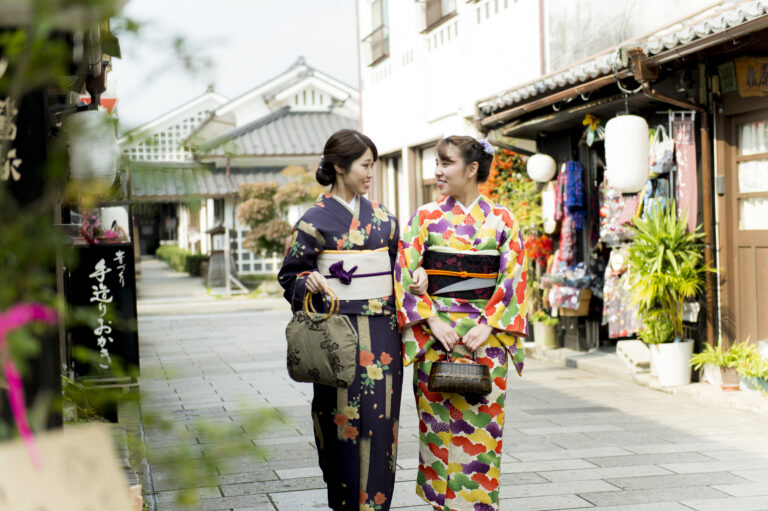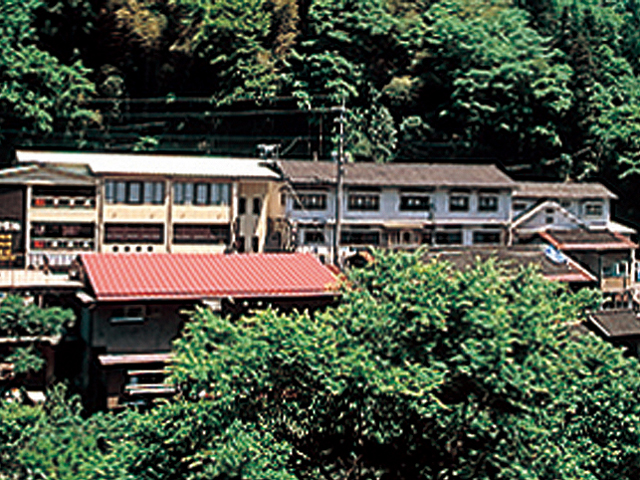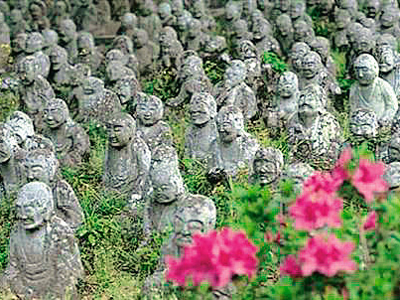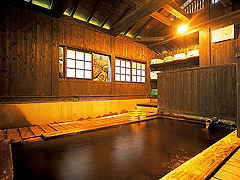Located in the northern part of the city of Hita, the "Ogata Yaki no Sato" () was opened in 1705 by Yanase Sanemon. It is known as a rustic yakinosato, which is made by the old-fashioned technique of shomoto breaking the soil with karasu (karasu) using the water of the valley river and burning it in a climbing kiln using firewood. It is still familiar as a fixture used daily.
It became famous throughout the country after a visit by the British potter Bernard Leach in 2017, and was designated as a national important intangible cultural property in 1995.
In addition, the sound of karasu, which grinds ceramic soil, is selected as "100 Japanese Sound Scenery", and the entire district is selected as an important cultural landscape.
(2024.2)
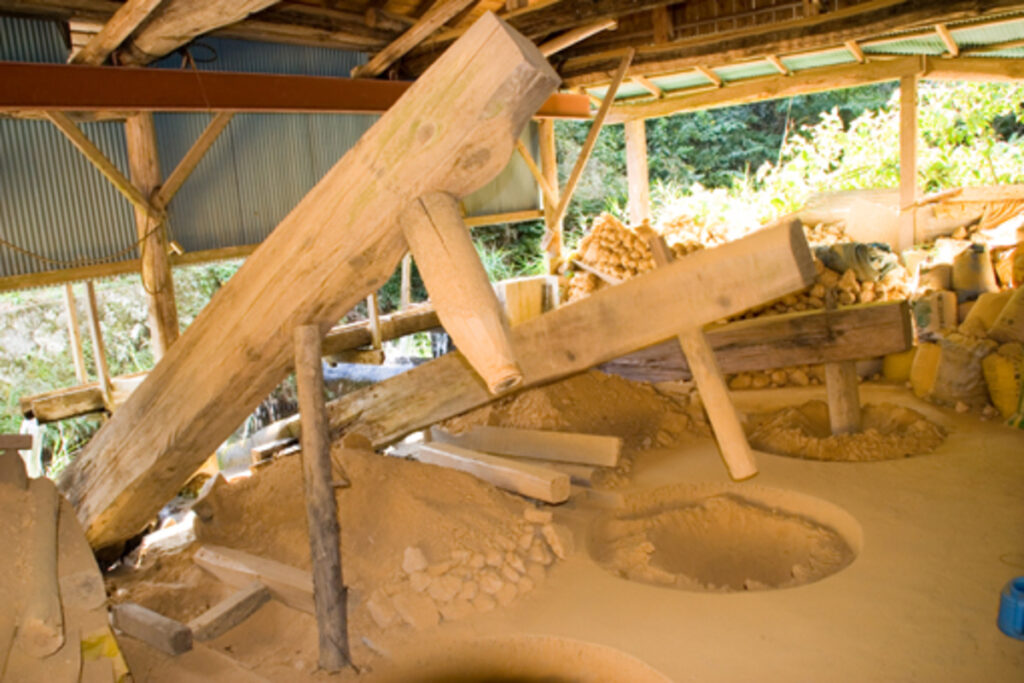
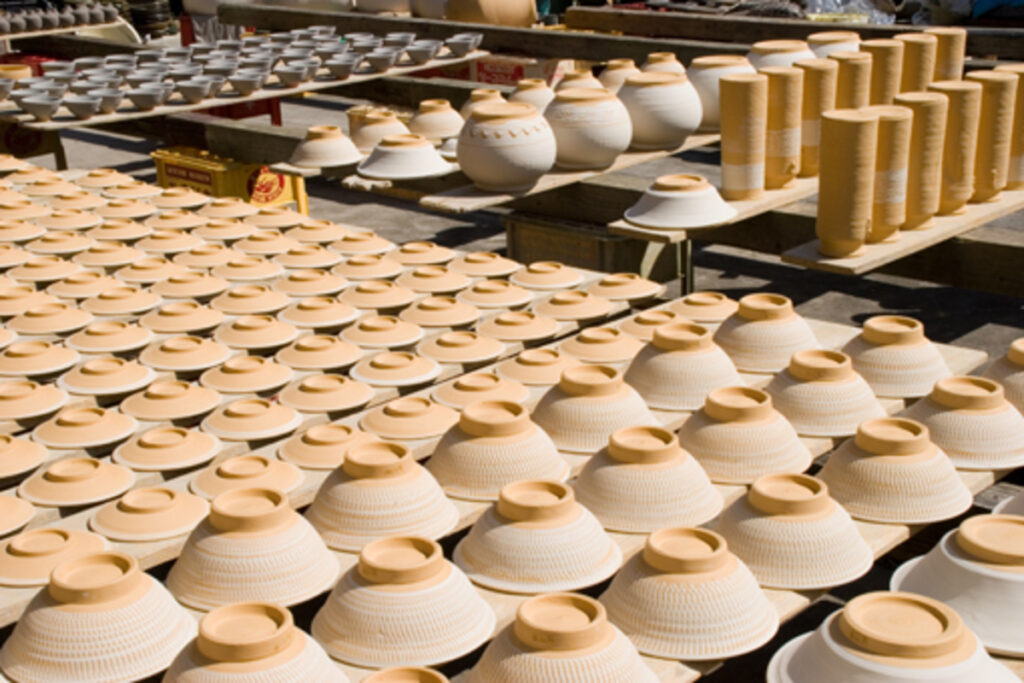
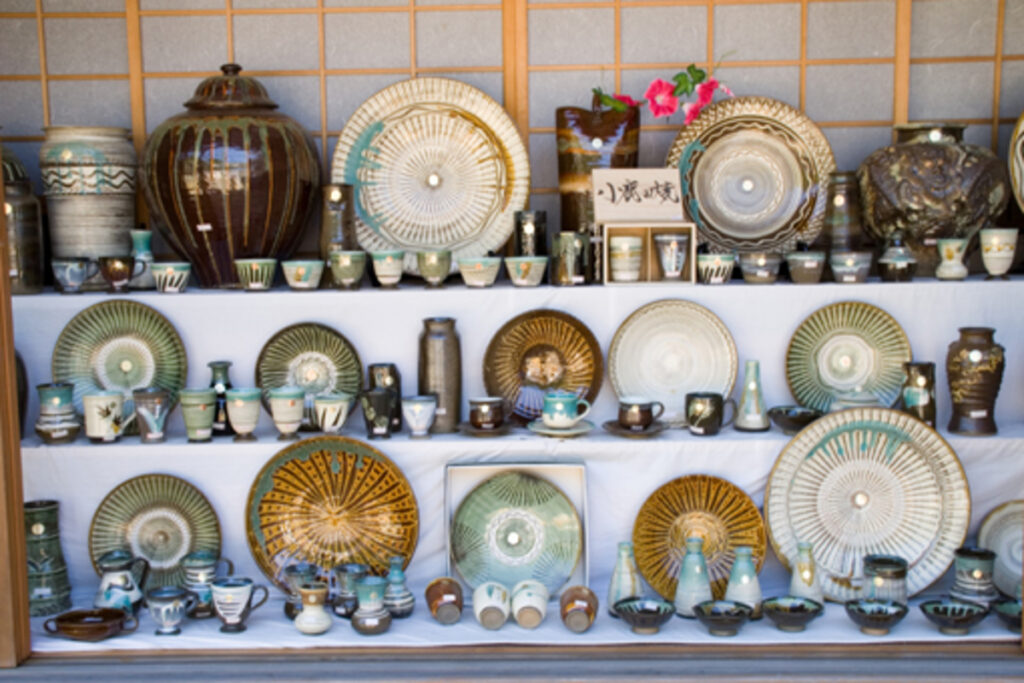
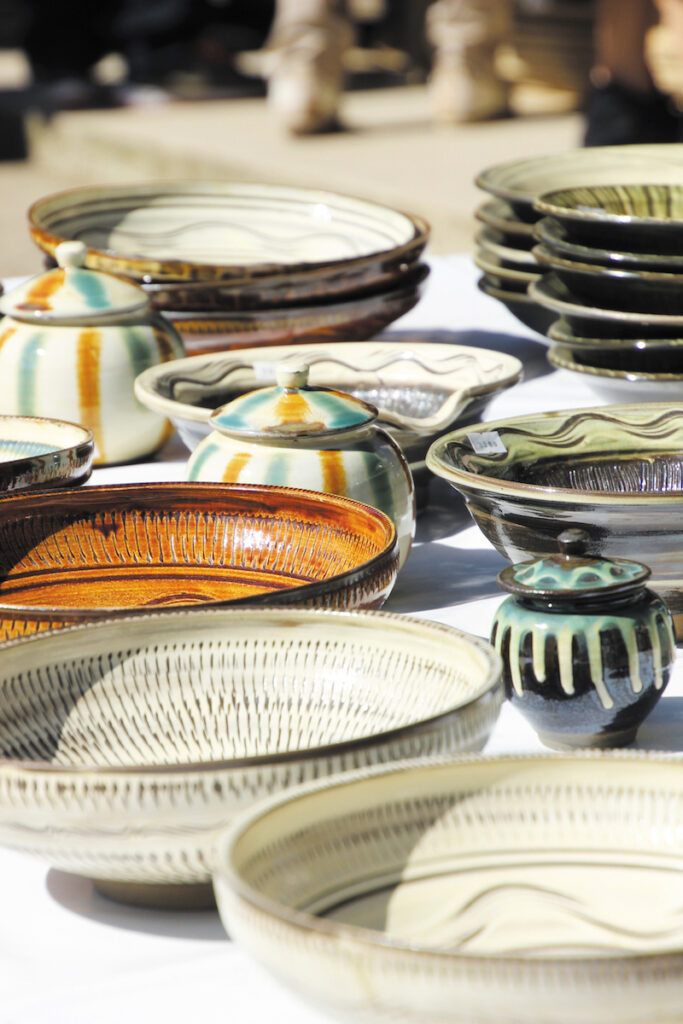
| Address | Tanayama, Genei-cho, Hita-shi, Oita |
| Contact | Ogata ware pottery theater TEL:0973-29-2020 |
| Holiday Information | Irregular holidays |
| Parking lot | There is |
| Access | About 30 minutes by car from Oita Expressway Hita IC |
| HP | https://www.oidehita.com/archives/304 |
"Sarayama district" where the sound of "Karasu" sounds
Ogada ware and Sarayama district

It was nearly 300 years ago from now, in 1705 (Hoei 2), that Ogada ware was born. It begins with the invitation of Jūbei Kuroki from Ōzuru, Hita, to a potter, Sanemon Yanase, from the village of Koishihara, Asakura, Fukuoka. It was then that Sanemon, along with Jubei, searched for a suitable ground for Mōjō, and built the Lianzhen Tōnen in Ogakada. It is believed that the place was chosen because it had a slope suitable for the construction kiln of the Tōnen, as well as because of its abundance of ceramic soil and firewood, as well as a natural environment convenient for the use of water power.
"Ogada-yaki", which continues to adhere to traditional techniques as it was at the time of the Kikyin 300 years ago; "Ogada-yaki", which is simple and full of warmth, is a vessel for "living".
"Kokada-yaki" is a daily miscellaneous goods for people's lives, "Minta (Minai ware)".
Unlike the “government kiln”, it is not brilliant or delicate, but it is frugal, soft, earthy and warm. The geometric crest attached using tools such as "flying plane", "brush" and "comb", as well as the softness and warmth produced by the glaze "punched" and "flushed", there is a fastness that is naive but not lost in the times.

(都市整備課写真・加工後)-768x384.jpg)
